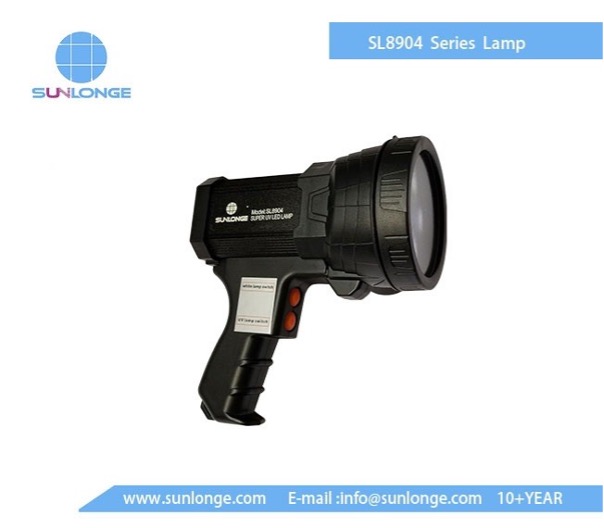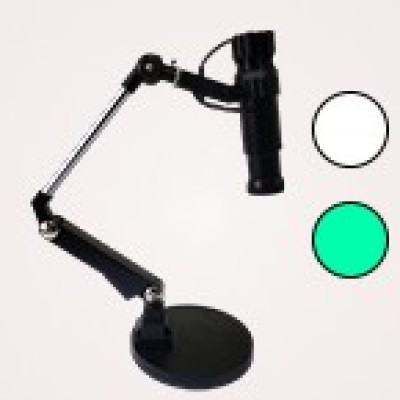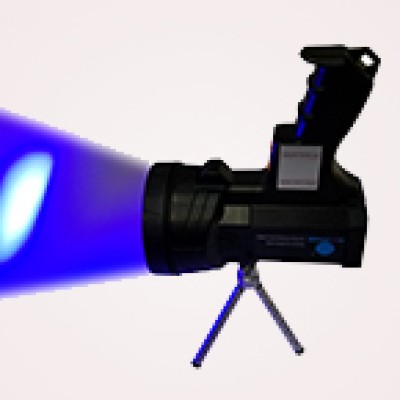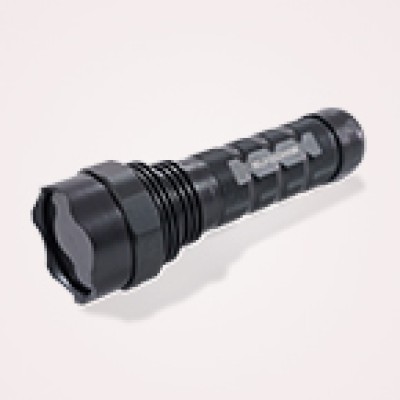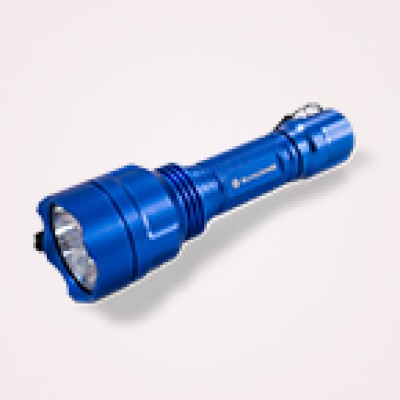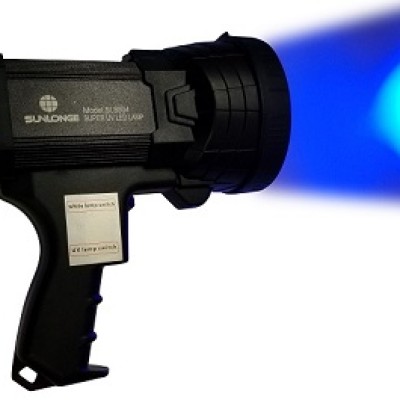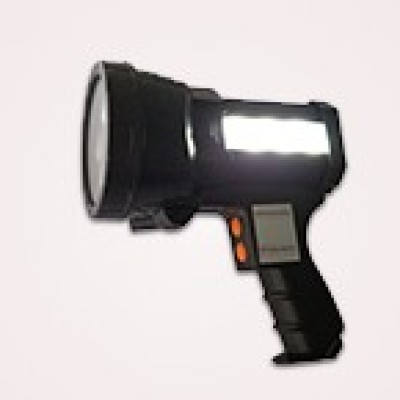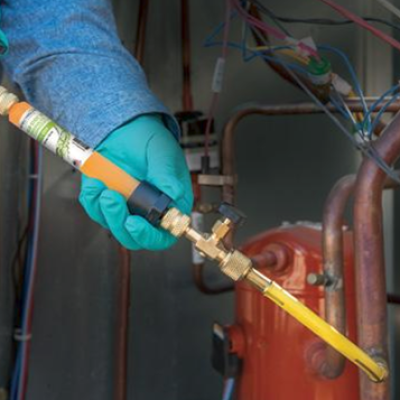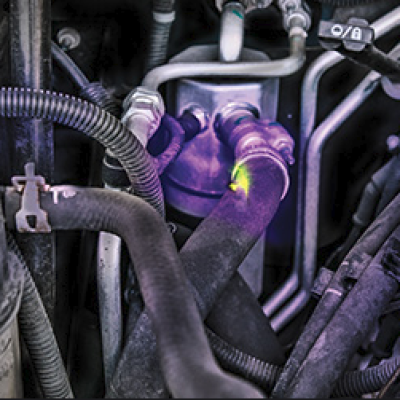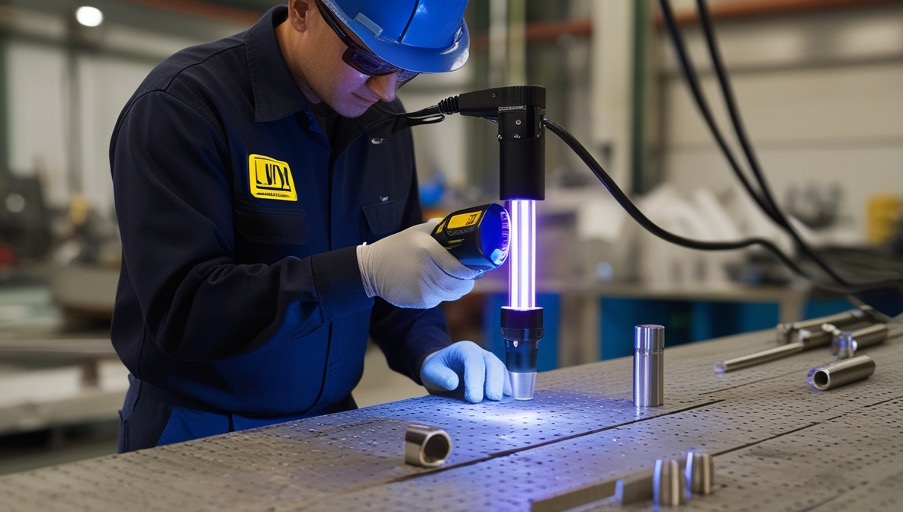
Finding the small flaws in materials sometimes becomes a lifesaver where industries are concerned with safety and reliability. NDT inspection techniques allow for non-destructive means of testing materials and their components. In assuring quality standards, especially in preventing any structural failures, these are methods of major importance. Among the various pieces of equipment or tools involved with NDT, a UV lamp forms an important part, particularly when it comes to the detection of flaws on the surface level. Given that even minor cracks and imperfections could profoundly compromise safety and functionality, these UV NDT lamps find wide applications in very critical industries such as aerospace, automotive, and oil and gas. This article examines the importance of UV NDT lamps in ensuring crack and flaw detection of surfaces in depth for an understanding of their role in quality assurance and safety.
What are UV NDT lamps?
UV NDT lamp are special lamps that create ultraviolet light, normally utilized in test methods of liquid penetrant and magnetic particle. These lamps, with the addition of fluorescent dyes, help the investigator to more easily locate surface flaws which may well not be visible under ordinary lighting conditions. This is brought about by the UV light which causes the dye to fluoresce, thus highlighting any crack, scratch, or defect on the surface of the material. All this high-contrast visibility is invaluable to inspect complex components for detection of potential weaknesses before they become serious problems.
Improving Surface Crack Detection with UV Light
The UV NDT lamps are primarily designed for surface-level inspections, as they seem to highlight very small marks that easily go unnoticed. Surface cracks, for instance, are quite difficult to observe with the naked eye with most metals, as various reflections and surface finishes mask flaws in the metal. These turn out to be much more visible under UV light and aid the inspector in locating and resolving these issues much earlier.
Methods such as LPT apply a fluorescent dye to the surface of materials. Later, when a section is checked under UV light, any trapped dye in the surface crack glows to reveal defects with good precision. This increased visibility plays a very important role in making sure that even the tiniest defects are observed and fixed, which becomes vital in ensuring safety for applications pertaining to aircraft fuselage inspection, components of vehicles, and high-pressure pipes in the oil and gas industry.
Impact of UV NDT Lamps on Quality Control and Safety
Detection of surface flaws by UV NDT lamps plays a very important role in both quality and safety. Early detection at the stage of production or maintenance may stop further problems; thus, it could save companies from expensive repairs, downtime, or even the complete recall of parts. Industry studies have estimated that early detection of such flaws can reduce product failure rates up to 80% and increase significantly its useful life since it addresses certain weaknesses before worsening.
These translate into substantial cost savings, as early detection of defects helps avoid expensive downtime and repair work. In aerospace applications, routine checks with UV NDT lamps help find micro-cracks in turbine blades and aircraft hulls, averting failures that may lead to disastrous accidents. The automotive industry also uses UV lamps to ensure that the components meet the safety standards and minimize the risk of part failure, hence generally making vehicles safer.
Applications of UV NDT Lamps across Industries
Generally, in industries where strict standards concerning safety and quality are required, it has become important for UV NDT lamps. Here’s how they’re applied across various fields:
- Aerospace: In the aerospace industry: ultraviolet non-destructive testing lamps are being used on critical parts like turbine blades, fuselages, and landing gears for surface crack and fatigue inspections. These parts are normally under high stress levels, and so it is here that even a minute imperfection leads to structural failure.
- Automobile Manufacturing: The automotive industry relies on UV NDT lamps for the inspection of a variety of parts, such as engine blocks to suspension components. Detecting surface cracks in these places enables each vehicle released to the market to be within the bounds of safety standards, which protects the manufacturers and consumers alike.
- Oil and Gas: The pipelines and drilling equipment involved in oil and gas are under incessant stress and extreme environmental conditions. Non-destructive testing with UV lamps makes it possible to identify cracks or corrosion, which, if left unnoticed, may lead to leaks, spills, or even an explosion.
- Construction and Civil Engineering: It is also being applied to the construction and building industries, to conduct tests for structural integrity, especially in buildings and bridges. A UV inspection would ensure that any surface flaws present in either steel beams or welds come to light and hence ensure safety in the infrastructure project.
The Bottom Line
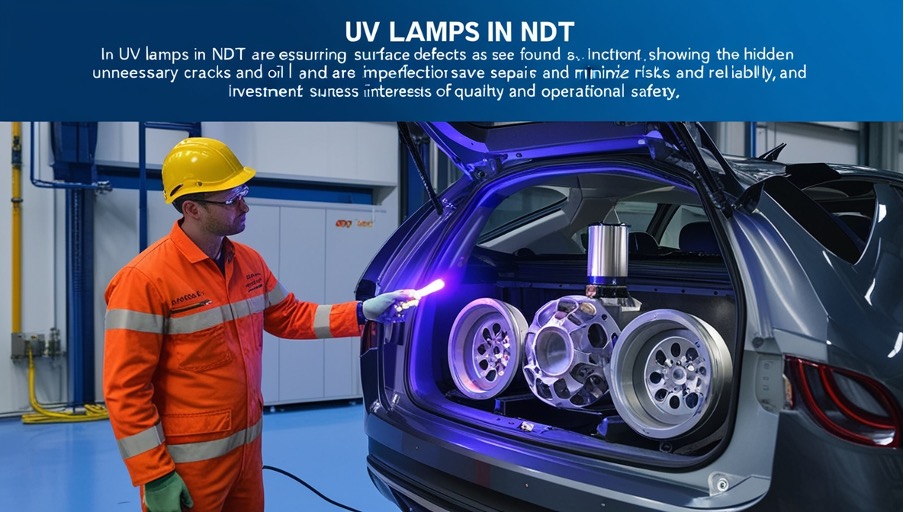
In a nutshell, UV lamps in NDT are crucial in ensuring that surface defects are found and a range of industries, including aerospace, automotive, and oil and gas, operate safely and reliably. They improve quality control by showing the hidden cracks and imperfections that save unnecessary repairs and minimize risks. Investment in UV lamps in NDT secures business interests and end-users through assurance of quality and operational safety.
 CN
CN

